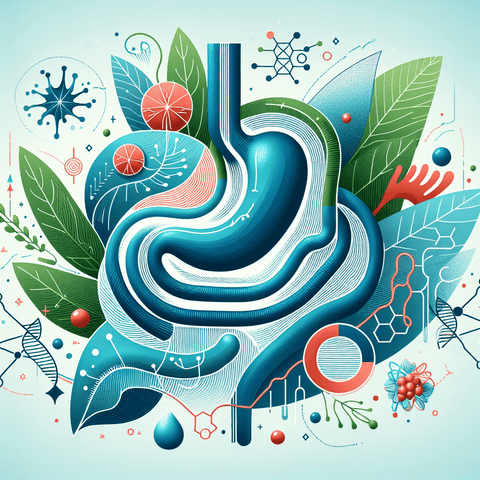The process of B12 absorption is multi-step, beginning in the stomach and concluding in the small intestine. In the stomach, vitamin B12 is released from bound forms with the aid of gastric enzymes and acid, then it binds to a transport protein produced in the stomach. In the small intestine, the B12–binding complex encounters intrinsic factor, a protein essential for uptake. This complex travels to the terminal ileum, where receptors mediate its absorption into the bloodstream. A separate, non-specific route allows small amounts to enter circulation even without this specific pathway, known as passive diffusion, especially at high doses. Understanding B12 absorption helps explain why certain conditions or medications can influence B12 status. Several factors support efficient B12 absorption. Adequate stomach acidity aids in releasing B12 from carrier proteins and enables the initial steps of processing. The availability of intrinsic factor, produced by stomach cells, is crucial for receptor-mediated uptake in the ileum. The health of the ileum, the final segment of the small intestine, along with normal pancreatic enzyme activity, also plays important roles. In short, a stable digestive environment and intact absorption pathways are key to maximizing B12 absorption under typical conditions. Conversely, various circumstances can hinder B12 absorption. Reductions in stomach acid, autoimmune loss of intrinsic factor, or surgical modifications affecting the stomach or small intestine can disrupt the normal pathway. Inflammatory or surgically altered regions of the small intestine may impair receptor-mediated uptake. Drug interactions that modify stomach pH or gut motility might also impact the process. If any of these issues are present, they can influence B12 absorption and may require professional assessment. Practical steps to optimize B12 absorption today include consulting a healthcare professional to determine if testing or a tailored approach is appropriate. If the pathway involving intrinsic factor or the ileum is compromised, alternatives such as different administration routes or dosing strategies might be considered. In some cases, higher-dose approaches can utilize passive diffusion to aid uptake. Regular monitoring of B12 status through appropriate testing can help ensure B12 absorption remains effective over time.




